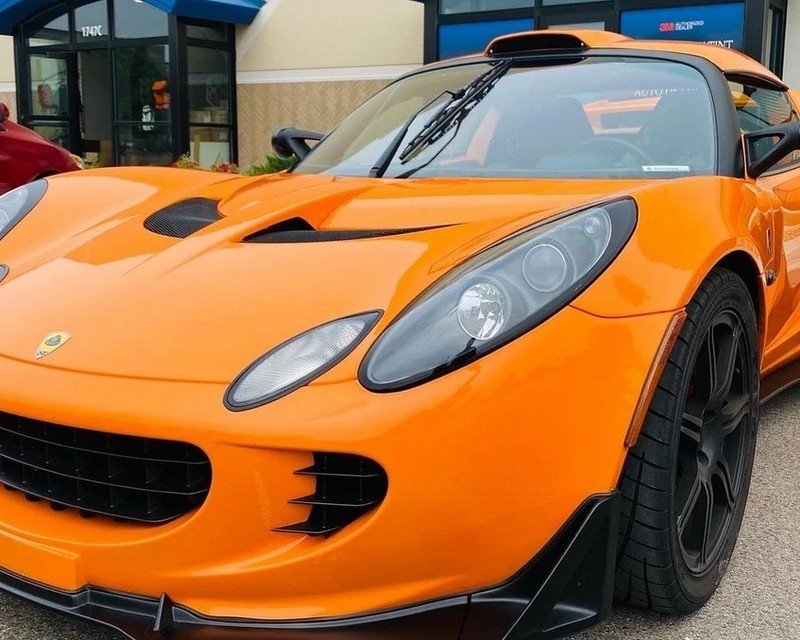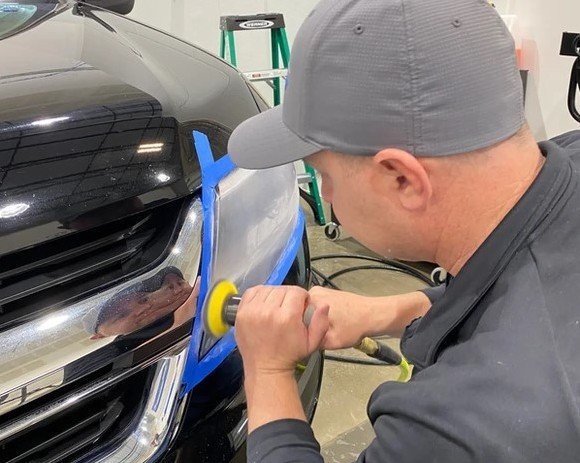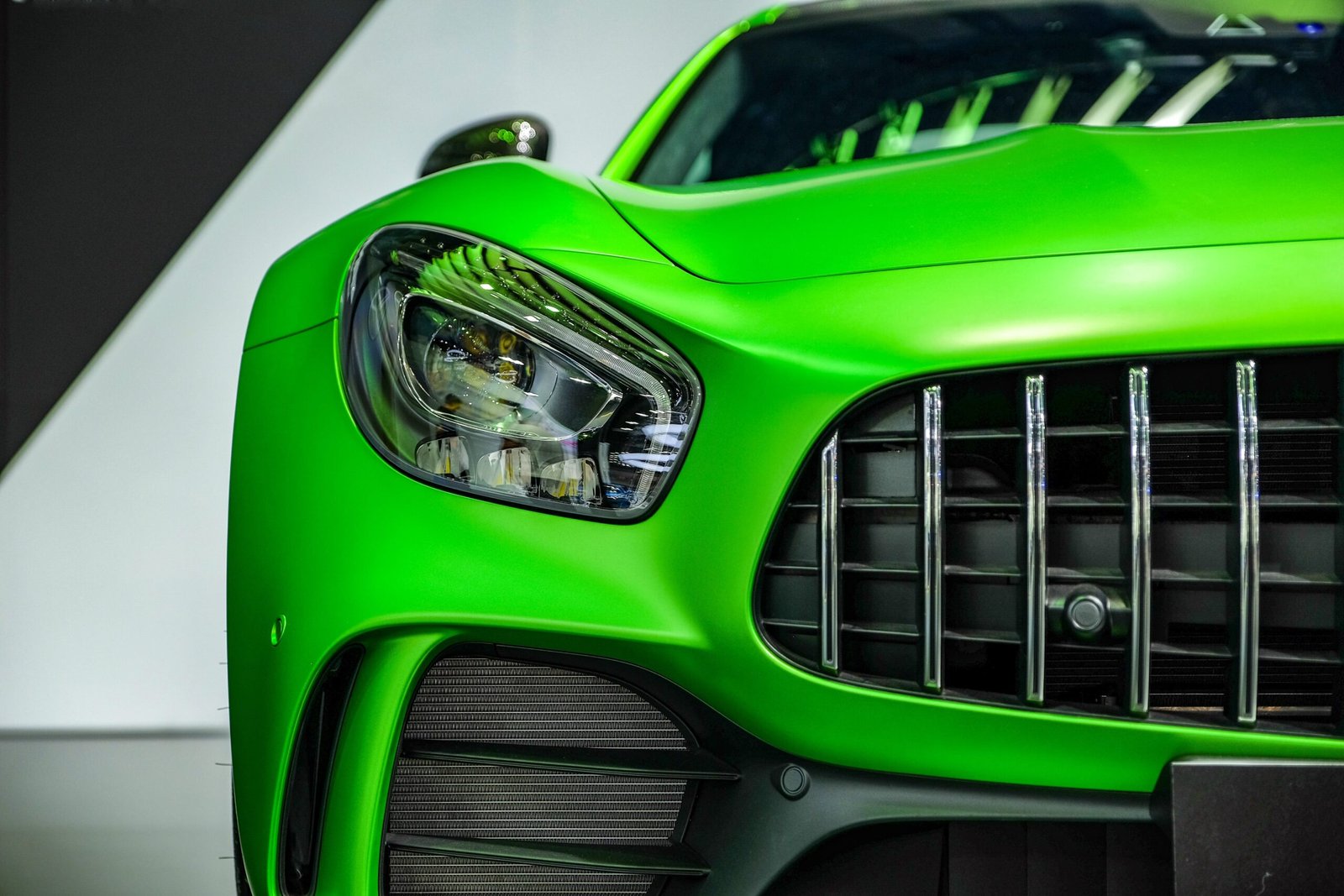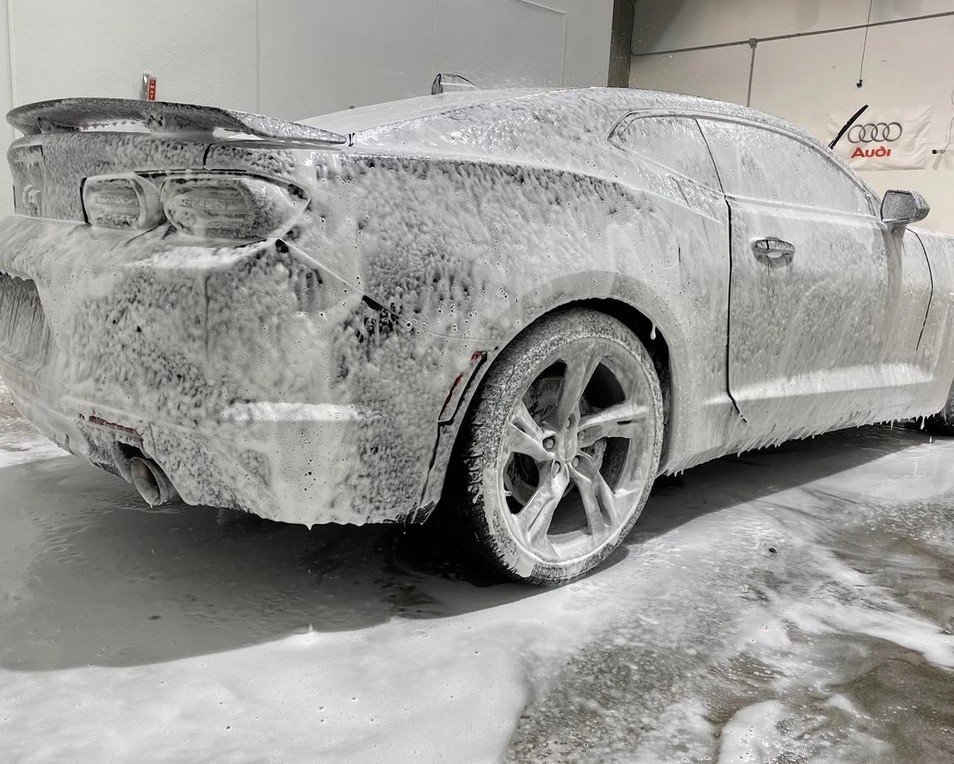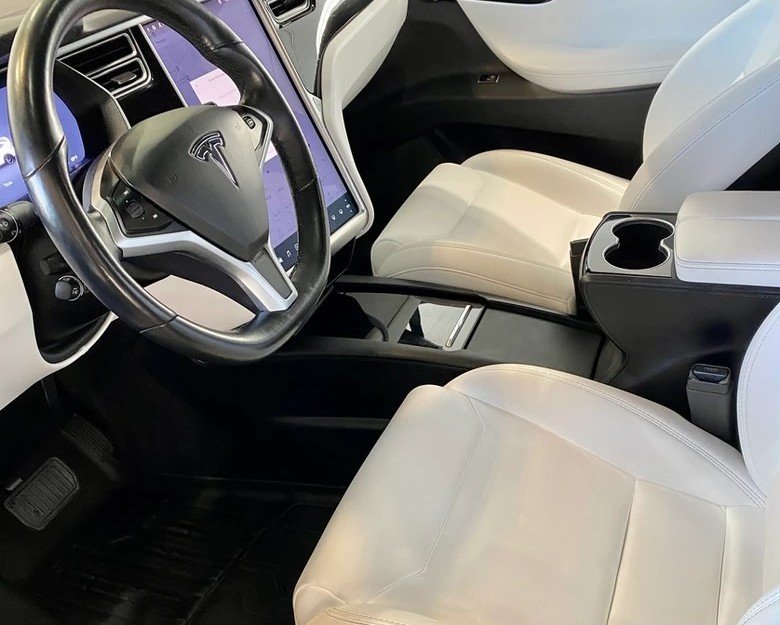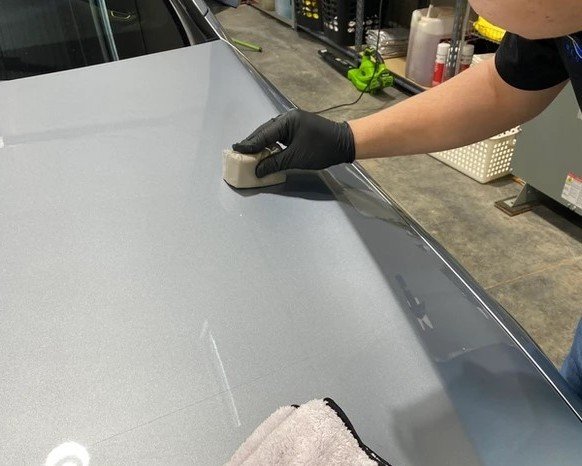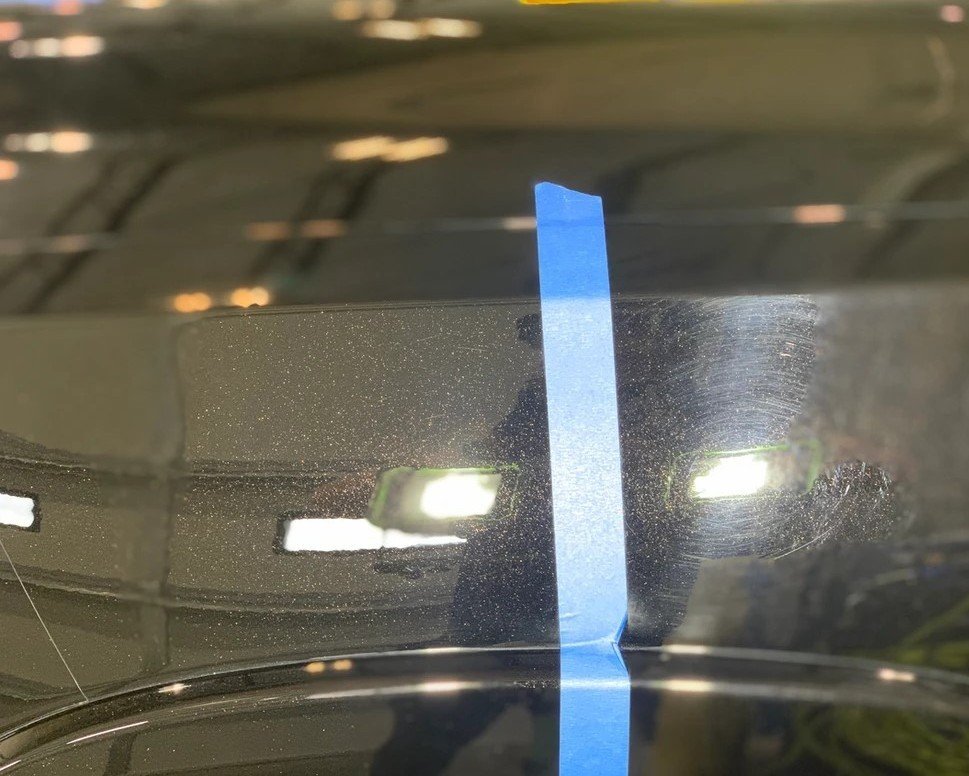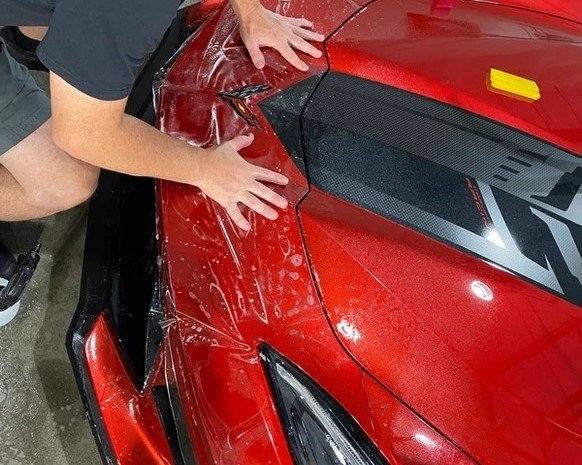You spent a lot of hard earned money on your ride and keeping it running its best is a no brainer. How about looking its best? Today, we’ll discuss paint. Whether you drive a new vehicle off the lot or buy a used one, there are likely imperfections that need to be corrected.
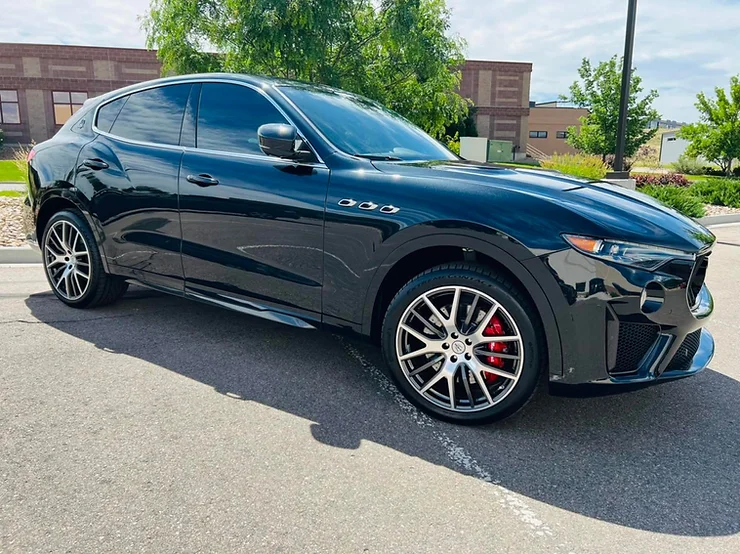
To answer the question, “Is it worth it?” It comes down to how perfect you want your paint’s finish to be. Do a few imperfections drive you nuts? If not, then you can skip this step and go straight to protecting it from further damage which we will discuss in my next blog. For all the other perfectionists in the room, you likely want to get your paint corrected first.
With anything, if you want it done right, it’s going to cost you. How much depends on how bad your paint is. Even if you just drove it off the lot with twenty miles on it, chances are your new car already has webbing, minor scratches, and other imperfections. It might even get a chip when driving it home. So spending $500 – $600 on a one step correction might be worth the added investment. Have something a bit older that is dull and full of minor scratches, plan on spending upwards of $1300. Keep in mind, any scratches through the clear coat and through the paint cannot be corrected. You will need a body shop to help you with that.
“ . . . chances are your new car already has webbing, minor scratches, and other imperfections.”
What is a Paint Correction?
Paint correction is a fine art that requires a lot of time, patience, and talent. It is the process of delicately removing imperfections on a vehicle’s finish and restoring it to a better than new state. These imperfections can be swirl marks caused by circular washing, automated carwashes, water spots, bird droppings, fine scratches, and the list goes on.
When done properly, an exceptionally fine amount of clear coat is removed, along with scratches and swirls in the clear coat. This leaves crystal clarity and pure reflections.
What is the Process of Paint Correction?
First the car is washed eliminating any dirt and contaminants from the surface. Sounds simple but it is one of the most important parts of the process. If dirt and contaminants are not removed, it will damage your paint during buffing and polishing.
Once your vehicle is clean, we clay bar the surface. Another important step. Clay bars remove even more dirt and contaminants that typically can’t be removed with a standard wash, or even through polishing and waxing. Note, this process does not remove scratches.
After careful inspection of the paintwork for imperfections, when needed we move to a technique called wet-sanding. If your car has deep scratches or orange peel, buffing and polishing may not be enough. With wet sanding, we remove the top layer of clear coat with very fine grit sandpaper. The surface will then go through extensive buffing and polishing to bring the shine back.
Depending on the amount and type of clear coat and the severity of imperfections, the next stage will vary vehicle to vehicle. Wet-sanded vehicles will require a multi-step polishing process with 3-4 types of pads and several types of polishes. These stages are required to achieve full correction. We go from most abrasive to very fine polishing.
After all the “correction” stages are completed, we seal up the vehicle’s paint to protect it from further damage.




